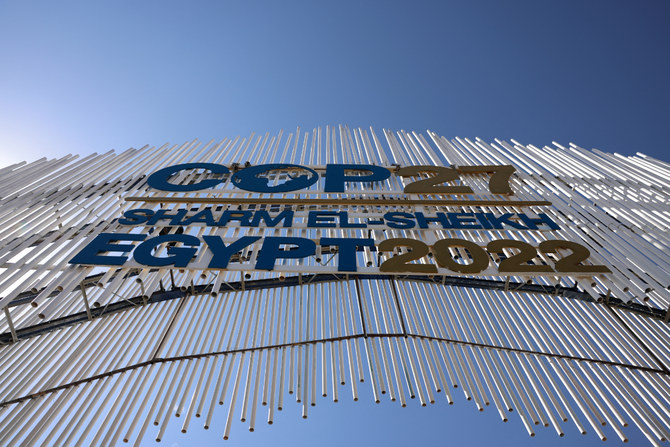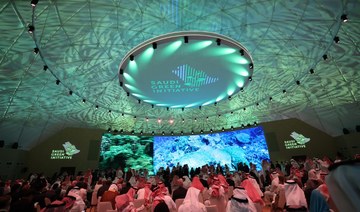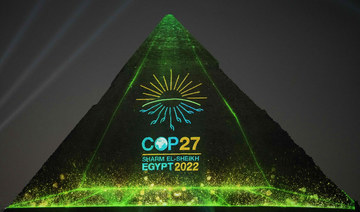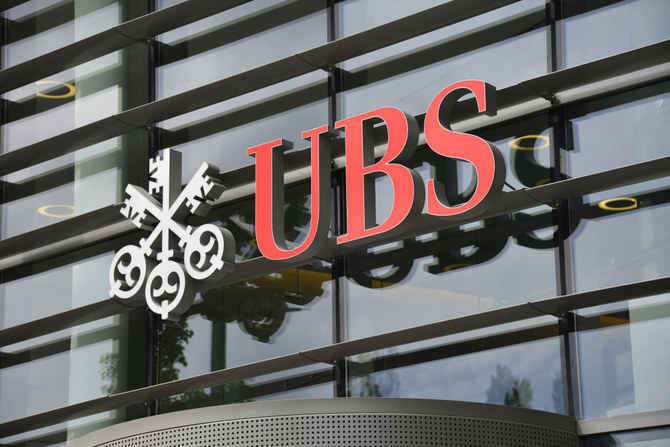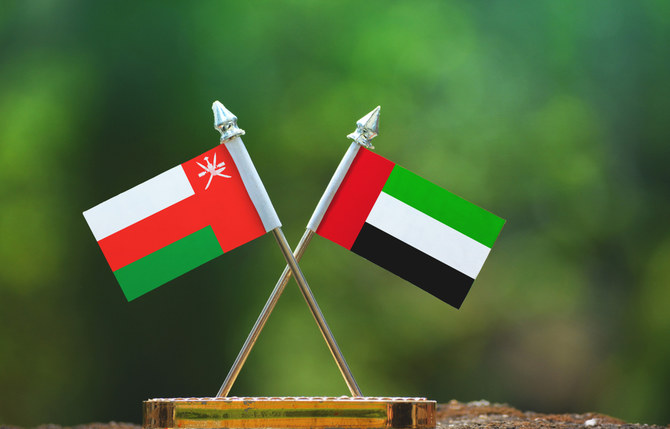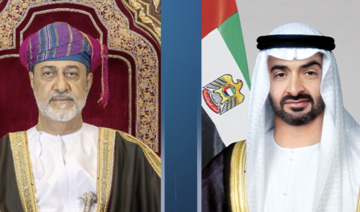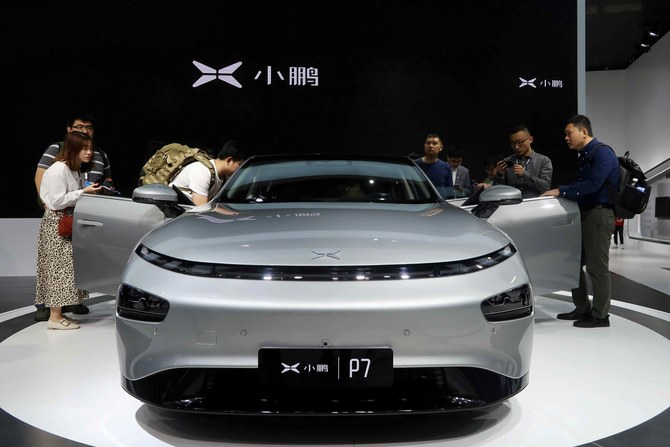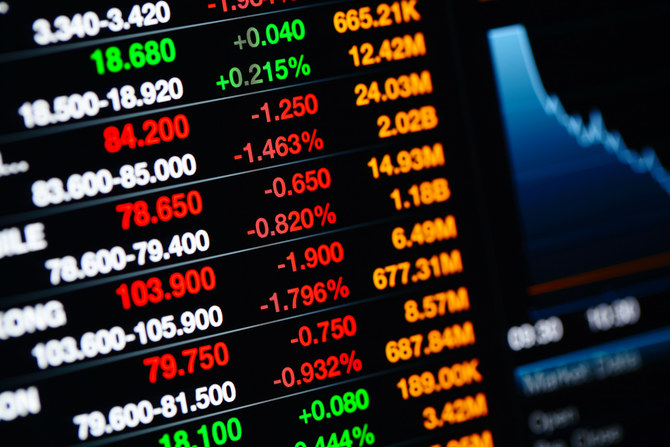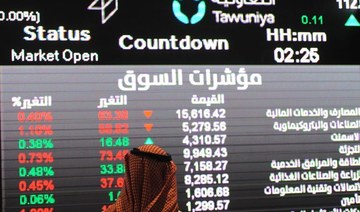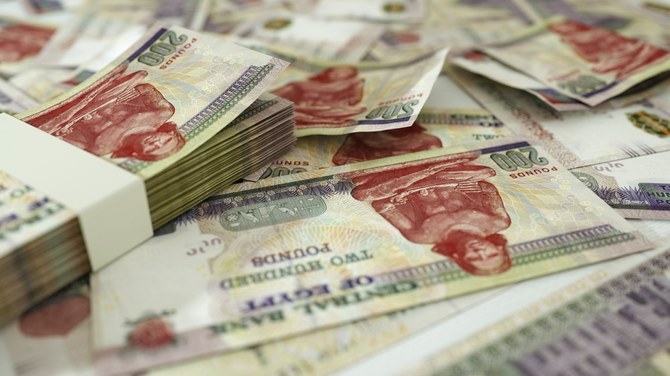CAIRO: When the Red Sea resort town of Sharm El-Sheikh hosts the COP27 UN Climate Change Conference between Nov. 6 and Nov. 18, the Egyption government will use the occasion to promote its National Initiative for Smart Green Projects.
The initiative, launched in August, is designed to encourage foreign investment in Egypt’s many environmental and quality of life projects as part of its Vision 2030 social and economic reform agenda and its National Climate Change Strategy 2050.
From an initial 6,280 projects submitted to the platform from across Egypt’s 27 governorates, just 162 made it through to the final round of judging. At a conference in Cairo on Nov. 3, Mostafa Madbouly, the Egyptian prime minister, announced the 18 winning projects.
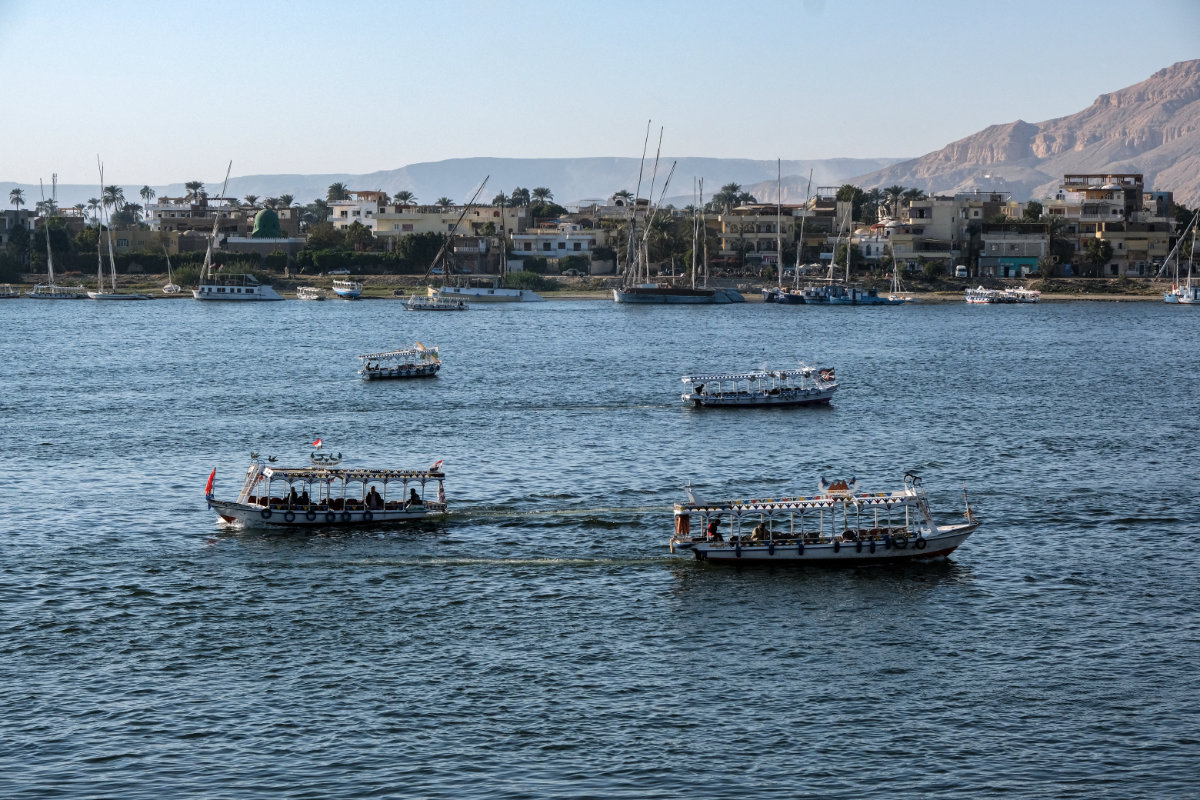
Climate change, pollution and exploitation by man is putting existential unsustainable pressure on the Nile, the world's second longest river on which millions of people depend. (AFP)
These 18 projects will be exhibited for international delegations at COP27 and will benefit from financial and technical support.
The projects were divided into categories, including those related to quality of life, women’s economic empowerment, climate change and sustainability, start-ups, and non-profit community initiatives.
They were also divided into categories based on their size. Projects valued at more than EGP200 million were deemed to be large, from EGP50 million to EGP200 million considered medium, and those below EGP50 million classified as small.
“The key word for this initiative is localization, since it adopts an all inclusive bottom-up approach targeting all Egyptians,” Hesham Badr, national coordinator for the National Initiative for Smart Green Projects, told Arab News.
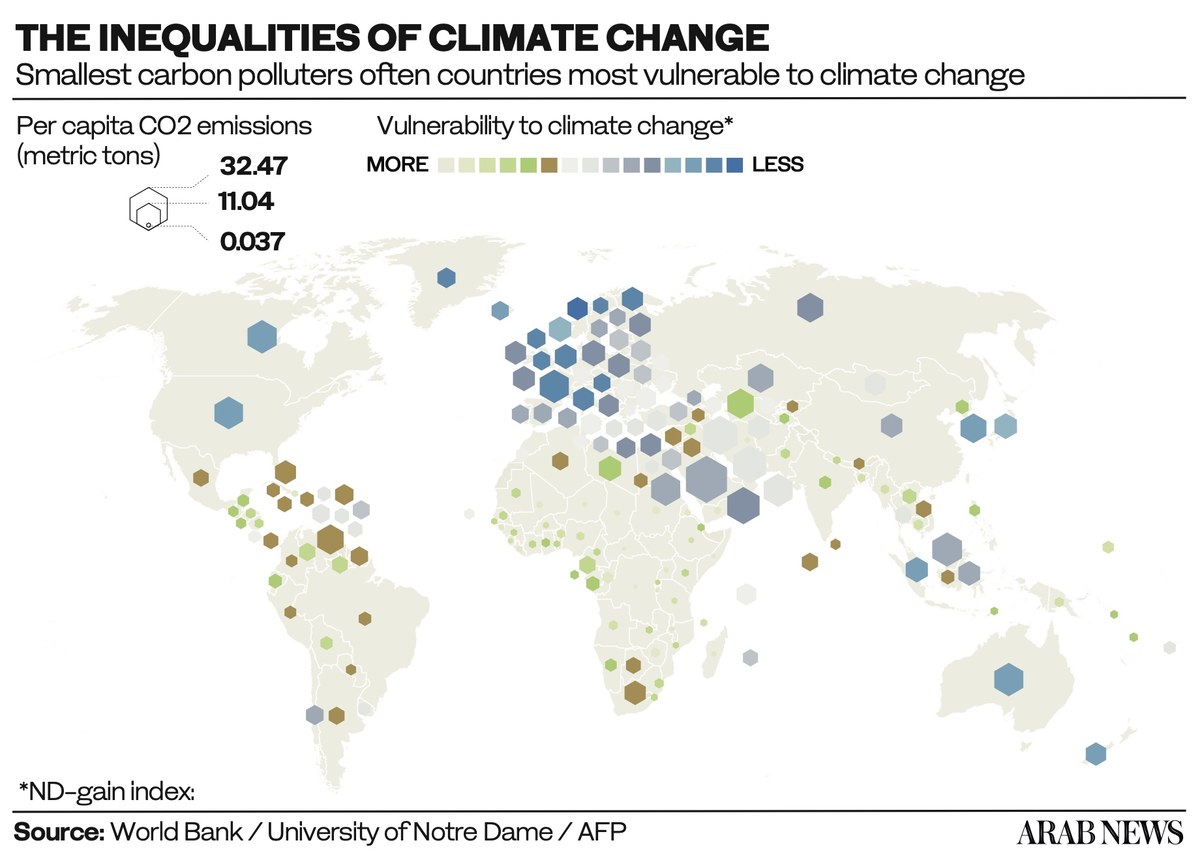
“It attempts to reach every Egyptian citizen, man or woman, to be part of the climate change challenge and to include them in the solutions process.”
The initiative included women-focused development projects designed to empower them socially and economically and give them equal opportunities in the green economy.
The National Council for Women launched its own campaigns to encourage and support women looking to participate in the project. As a result, there were more than 1,000 submissions in this category alone.
To qualify, entries had to fulfill certain green and smart components.
The green component encompassed things such as clean energy, cutting emissions, waste management and recycling, and the ability of participants to provide a climate solution to a particular challenge in their village, province or governorate.
The smart component, meanwhile, included the use of mobile applications, the Internet, artificial intelligence, or any other kind of digital technology. The project, or at least one of its phases, also needed to be at the implementation stage to qualify.
“The whole world is looking for solutions, and these are solutions coming from the heart of the Egyptian community, from different villages, and governorates,” said Badr.
“So these are solutions to problems and challenges facing them. For the first time, we have a database of projects that are green and smart in Egypt. We have a mapping of all these projects and their location, whether they are in Al-Dakahlia, Alexandria or Cairo.”
FASTFACT
The 27th UN Climate Change Conference, more commonly referred to as Conference of the Parties of the UNFCCC, is being held from Nov. 6 to Nov. 18 in Sharm El-Sheikh.
The jury tasked with selecting the winning projects was headed by Mahmoud Mohieldin, the UN Climate Change High-Level Champion for Egypt, alongside key figures in the Egyptian government.
There was also an international jury composed of several UN agencies based in Cairo, including the UN Development Programme, the Food and Agriculture Organization, the World Food Programme, the UN Industrial Development Organization, UN-Habitat and UN Women.

Among the winning entries was a project providing smart facility management systems and modern pumping and irrigation to smallholder farmers to help them use water as efficiently and cost-effectively as possible.
Another winning project focused on soilless farming by promoting the use of aeroponics to manage irrigation, ventilation and cooling systems, saving up to 90 percent of irrigation water while providing safe and healthy food products with just 5 percent waste.
Also among the winning projects was a program that can predict extreme weather events and act as an early warning system for potential climate disasters on the Alexandria coast. The project collects data about sea levels at 24-hour intervals using sensors connected to a collection of floats deployed on the Mediterranean.
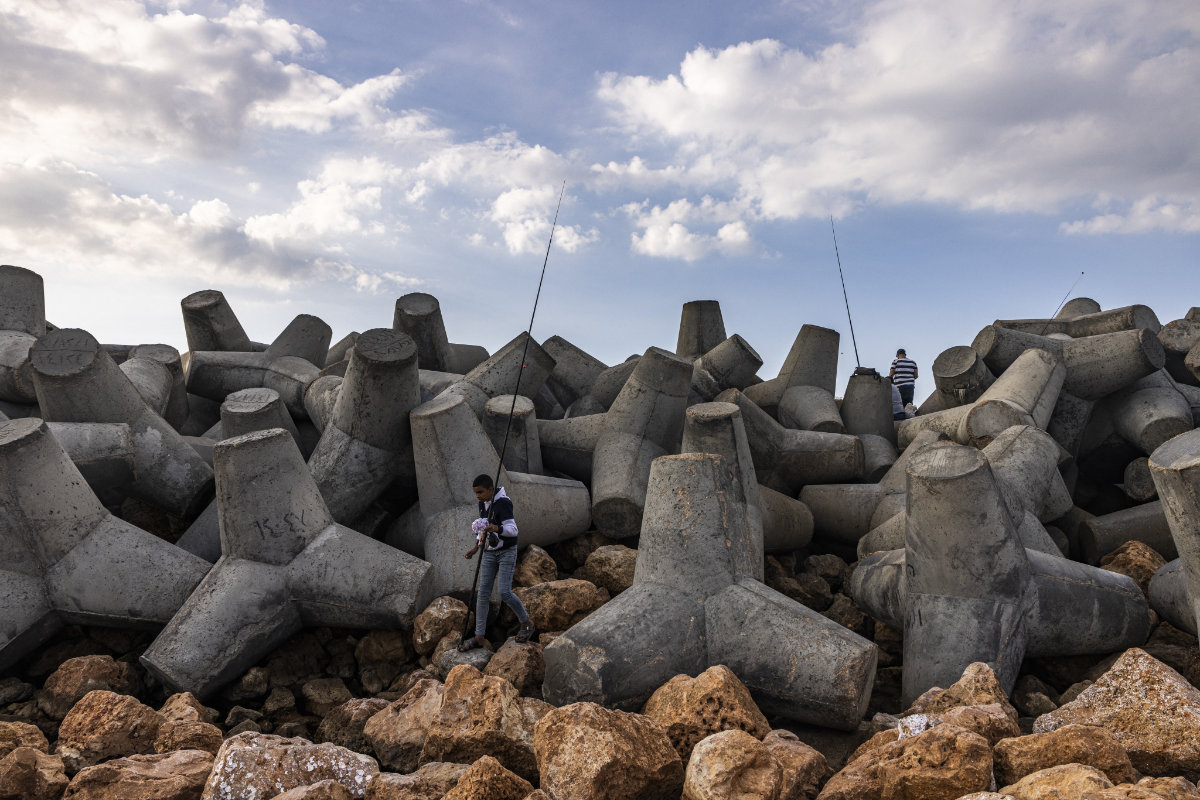
Concrete blocks are installed along the Mediterranean coast of Egypt's northern city of Alexandria to break the sea waves. (AFP)
Alexandria is considered extremely vulnerable to rising sea levels, making any technology that can monitor long-term changes or predict flooding able to help protect infrastructure and even save lives.
One successful project originating from the southern governorate of Luxor, called the Egyptian Bank for Waste, collects discarded materials from rural areas and recycles them for residential and agricultural use.
The National Initiative for Smart Green Projects is just one program launched by the Egyptian government to expand the green economy. It was during the COP26 summit in Glasgow, Scotland, last year that it launched its National Climate Change Strategy 2050.
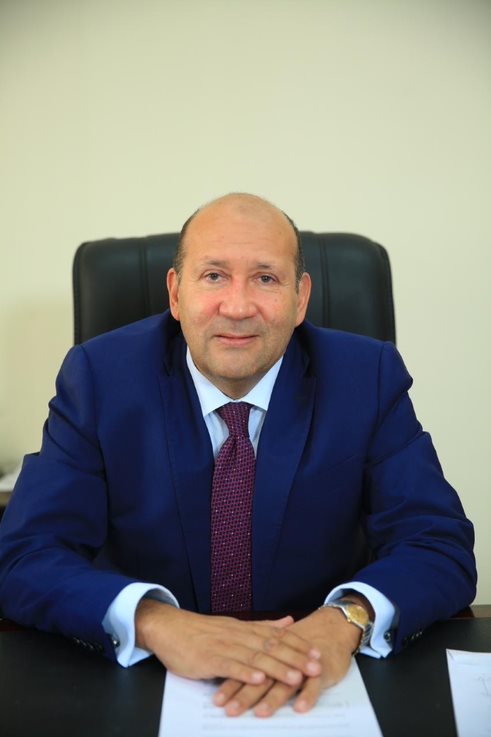
Hesham Badr, national coordinator for the National Initiative for Smart Green Projects, said: “The key word for this initiative is localization, since it adopts an all-inclusive, bottom-up approach targeting all Egyptians.” (Supplied)
The strategy has four main targets. The first is about maintaining sustainable economic growth by reducing carbon emissions and by boosting the adoption of renewable energy sources.
The second target is to eliminate greenhouse gas emissions from non-energy activities, the third is aimed at maximizing energy efficiency, and the fourth encourages local green banking and creative financing methods such as green bonds.
Egypt’s Ministry of Finance issued the first sovereign green bond in the Middle East and North Africa in Sept. 2020, valued at $750 million with a five-year term and an interest rate of 5.25 percent.

Green bonds are defined as debt methods issued to obtain financing for climate or environment-related projects.
Egypt is not the only Arab country that is boosting green initiatives. The UAE and Saudi Arabia have committed themselves to net-zero greenhouse gas emissions by 2050 and 2060, respectively. Bahrain has pledged to meet the same target by 2060.
Since the launch of Saudi Vision 2030 in 2016, the Kingdom has taken significant steps to step up climate action and environmental protection through greater reliance on clean energy and offsetting emissions.
The Kingdom is exploring ways to diversify its economy and decarbonize by producing hydrogen using its vast reserves of fossil fuels, from which carbon capture, or blue hydrogen, is produced.

The Saudi Green Initiative was launched in 2021 with the aim of planting 10 billion trees in the Kingdom over the next few decades. (Supplied)
Saudi Arabia plans to expand beyond blue hydrogen into other, even cleaner forms, such as green hydrogen, which is made by using renewable energy to split water. The NEOM Green Hydrogen Project, to be commissioned in 2026, will be the world’s largest green hydrogen plant powered entirely by renewables.
The Saudi Green Initiative, launched at the inaugural Green Initiative Forum on Oct. 23, 2021, consists of more than 60 initiatives, the first wave of which entails investments worth SR700 billion ($187 billion) designed to contribute to the growth of a “green economy.”
Crown Prince Mohammed bin Salman launched the first Saudi Green Initiative in 2021 with the aim of planting 10 billion trees in Saudi Arabia over the next few decades to eliminate the greenhouse emissions by 278 metric tons annually by 2030.
The second Middle East Green Initiative Summit and the Saudi Green Initiative Forum will take place in parallel with COP27 this month in Sharm El-Sheikh.




